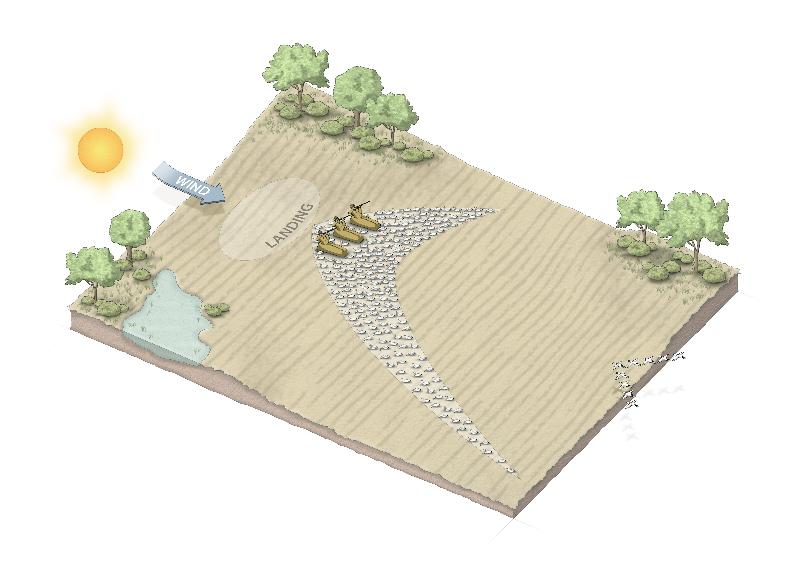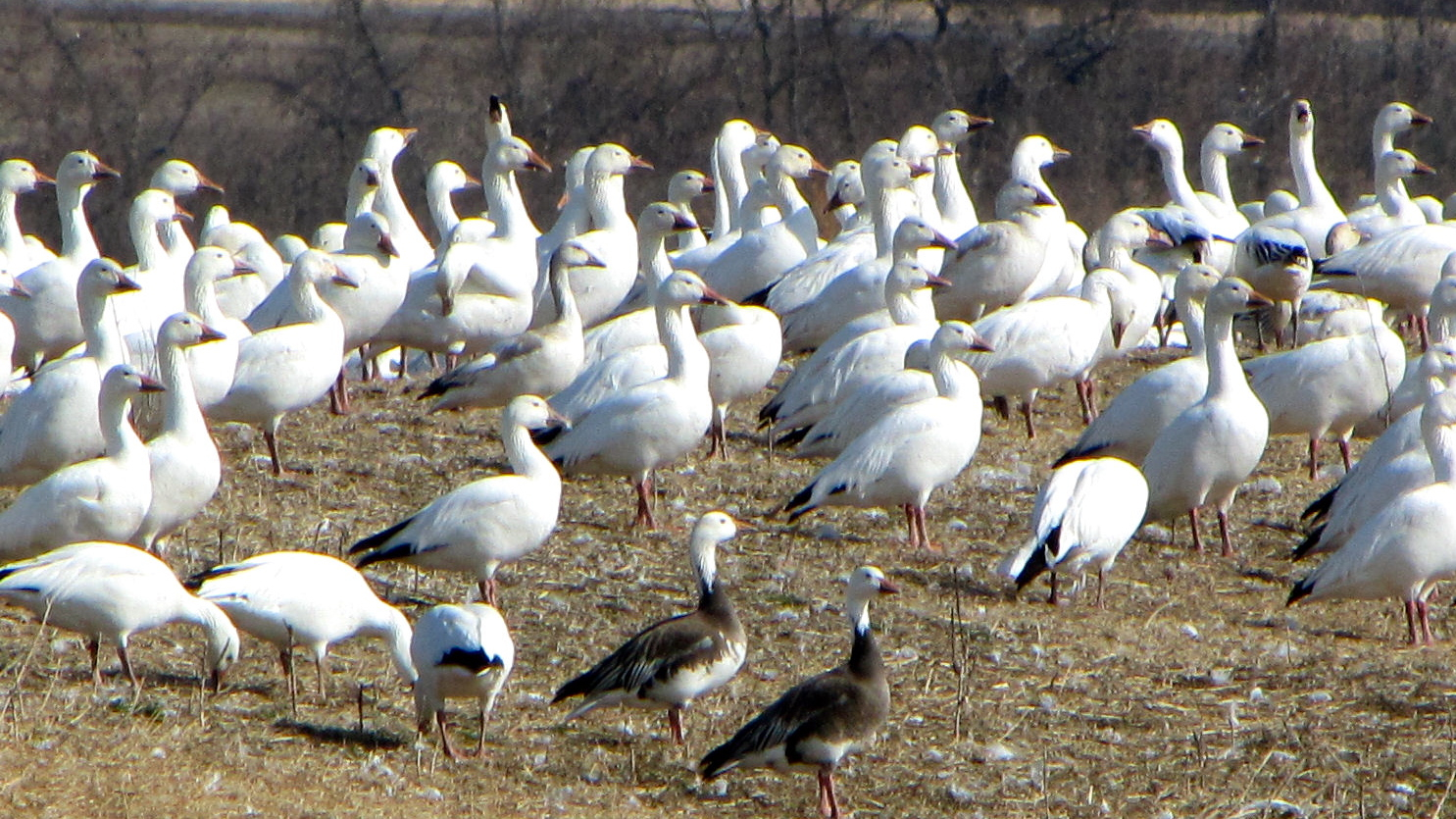The Snow Goose Spread
This set-up will bring white honkers to the deck
Advertisement
Outdoor Canada’s 2014 Goose Week also features tips on decoying snow geese and the ultimate combination spread, plus recipes for Goose Stew and Gord’s Gorgeous Goose.
Snow geese can be extremely frustrating to hunt, considering you must hide from hundreds—if not thousands—of sets of eyes. Plus, white geese decoy differently than other honkers. To bring these Arctic migrants to the deck, your set-up should mimic their specific feeding habits.
Advertisement

- Place your blinds as far upwind in your decoy spread as possible. Snow geese always land ahead of their buddies to feed, since the hoard of birds already on the ground will have already eaten everything in its path. Shooting from the upper end of the spread means incoming geese will be close when they commit to landing.
- Set out as many decoys as possible when hunting large groups of snow geese. At a minimum, you need 400 decoys to draw big flocks and keep them from flying past to another field.
- Arrange the decoys in a long string, with a concentration at the upwind edge. Snow geese naturally spread out like this, by walking out from the areas where other birds have already fed. The spread looks like a big check mark, with decoys and your blinds filling in the space between the two lines of the V-shape.
- Use some moving decoys such as Tanglefree Slammer Socks, SilloSocks or Texas Rags. These wobble with the breeze and look like geese walking and feeding.
- Use flyer decoys on the upwind end of your spread. Snow geese continually leapfrog, flying from the back of the flock to the front. The flying decoys tell incoming birds there’s good feed up front.
- An amplified electronic caller is crucial. Snow geese are extremely vocal, and big flocks on the ground make an incredible noise. Incoming birds met by a quiet mob on the feed immediately know something is wrong. Paint the caller white, and it doubles as a decoy.
- Use full-bodied decoys or shells on the downwind edges of the spread, spaced out like stragglers. Incoming snows see these, and carefully look them over.
- Group decoys tightly compared to other geese. Snow geese find safety in numbers, and though they spread out while feeding, they stay tighter than other honkers.
- Elongate your spread. Snow geese drop elevation quickly when they get over the decoys, so the longer the spread the lower they’ll fly over your blinds.

